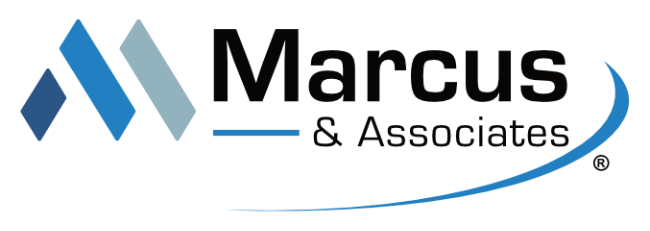Passive candidates are considered people who are content with their current employment/role and aren’t looking for a new one. They will often entertain new opportunities based on the scope, but aren’t reaching out to anyone. There are more passive candidates in Life Sciences compared to other industries due to the highly specialized skill sets. Passive candidates in Life Sciences are also much harder to recruit partially because of those specialized skills as well. Keep in mind that a passive candidate can quickly change to active after one bad day at work so there is no “average” time that they stay passive.
So how do you pique the interest of passive candidates regardless of when they might be looking into joining your organization? It starts with your company brand. Make sure your company’s Website, all social media and any other front facing communication mediums used are up-to-date and reflect your company’s values, goals and culture. Once a potential candidate starts to research your company, you only have one initial chance to leave them with a positive experience and perception. If they are comparing multiple companies and your Website doesn’t depict your vision well, it might quickly place you at the bottom of their wish list and potentially end any future discussions. Be cognizantof sites like Glassdoor and any career Websites where reviews are posted. While you can’t control whatever someone else says, you can respond when appropriate and make sure your company’s culture is sound overall.
Besides your company brand, what your biotech or pharma company pipeline shows is the next attractor for future employees. The number of assets you have in various stages and/or the amount that have passed or are close to the NDA step matters depending on what stage your candidate may specialize. Promote your pipeline successes and accept and learn from the failures. Everyone goes through both and a potential candidate will judge how stable your company is after researching how you’ve dealt with them all.
Embrace social media, especially LinkedIn, and use it wisely and to your benefit. Don’t be afraid to connect with potential candidates as an adept one will normally try to connect with you or your HR leaders so they can learn more about you and possibly ask a few poignant questions about your organization. Create an employee referral program if one doesn’t already exist so your employees can utilize their network when possible. As many in HR have found out, LinkedIn isn’t the only channel candidates utilize (so don’t put all your eggs into one basket).
Lastly, nothing beats the tried and true method of making phone calls to a large network of passive candidates. This is something typically found when working with an established Life Sciences executive search firm. Their database will be full of potential candidates that only they know a recent interest level since they are in contact multiple times throughout the year. Specialized Life Sciences search firms know their candidates simply because they are in contact for the multitude of searches required by their clients. With thousands of calls made for each client search, the numerous “check ins” allows for them to be able to determine who is most likely to make a change verses those who will not.






